Home Charging Environment for Electric Vehicles (EV) – A Beginner’s Guide
公開日:2025.03.04
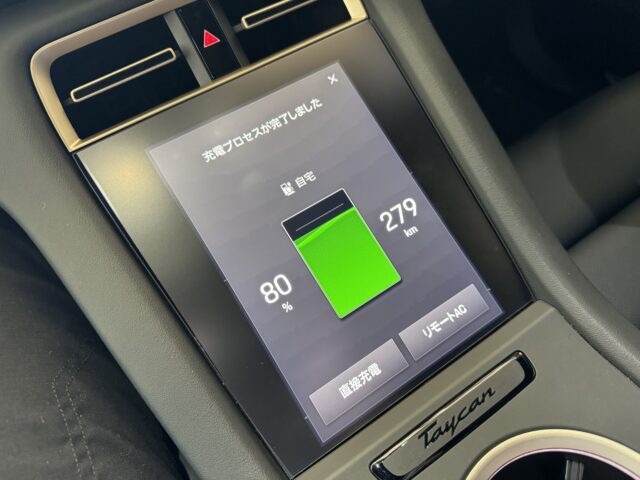
コンテンツ
This time, I’d like to provide a detailed explanation about the home charging environment for electric vehicles (EVs), answering frequently asked questions.
At our home, we have one Tesla Model 3 and two Porsche Taycans, a total of three EVs. Drawing from my daily charging experience with these cars, I hope to clear up common doubts and concerns that first-time EV buyers often have about setting up home charging.
When I first started, I didn’t understand much—not even units like “kilowatt” made sense to me. This article is especially for those who might be struggling with the same questions I once had.
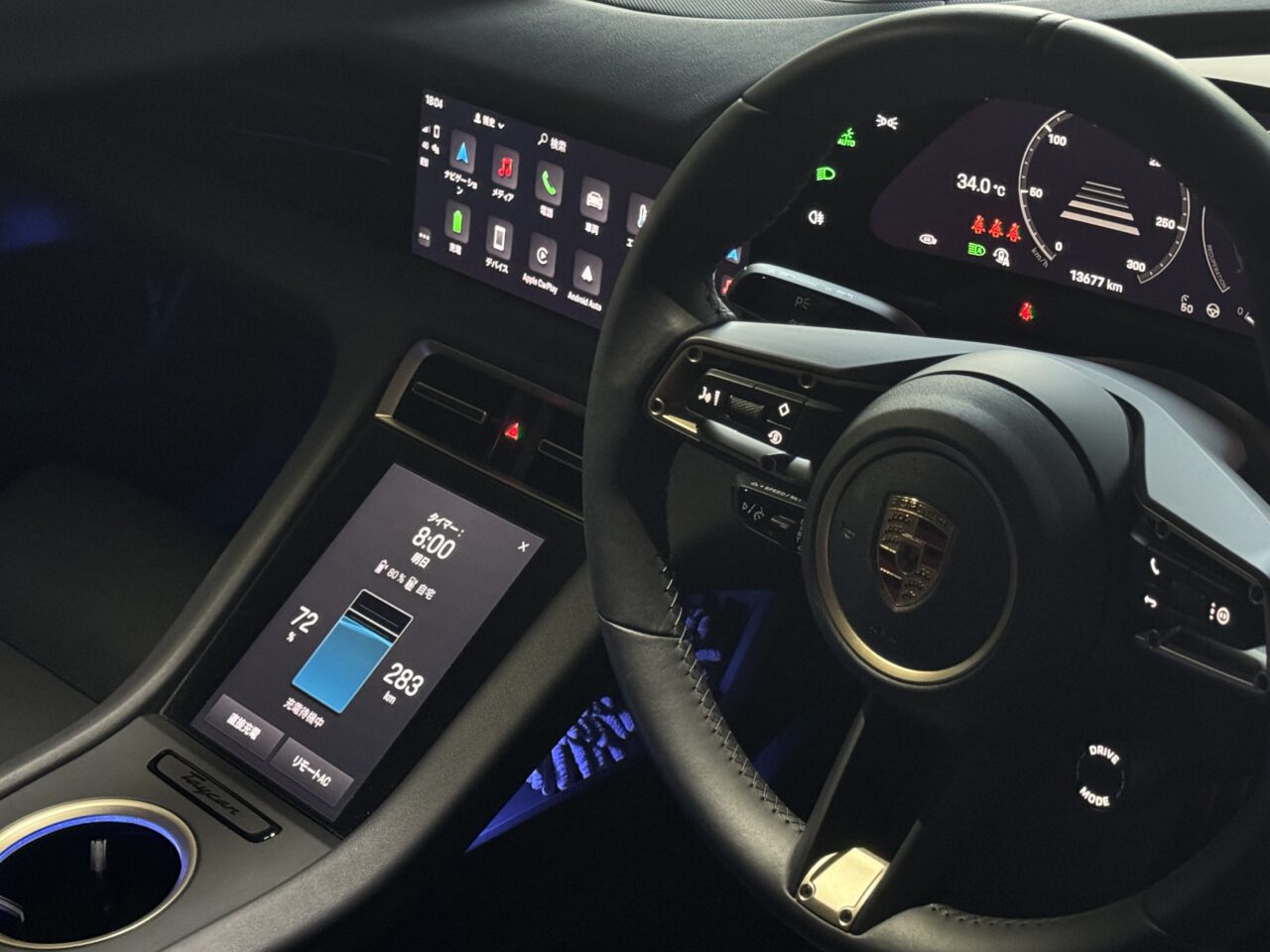
Starting Point! EV Basics: The Difference Between kWh and kW
Before diving into home charging for EVs, let’s first understand some basic terms. What exactly is the difference between “kWh” and “kW,” which you often hear about?
kWh (kilowatt-hour) is a unit that represents battery capacity. It’s easiest to think of this as the equivalent of a gasoline tank’s capacity in a conventional car. For example, the largest battery in the latest Taycan model is about 100 kWh, while the Tesla Model 3 Long Range is rated at 75 kWh. In other words, the bigger the number, the more electricity the battery can store.
On the other hand, kW (kilowatt) is a unit that represents the output power of the charger. This is like the speed at which gasoline flows from the hose at a gas station—how fast fuel can be pumped into the tank. The higher the number, the faster the charging speed.
Regarding home charging equipment, a typical 100V outlet in Japan provides about 1.5 kW (actually around 1.2 to 1.3 kW). Many households also have 200V outlets (used for air conditioners, etc.) that provide about 3 kW of output.
Understanding these numbers helps you roughly calculate charging time by dividing battery capacity (kWh) by charger output (kW).
Charging time = Battery capacity (kWh) ÷ Charger output (kW)
Is “6kW or 8kW Required” Really True?
When considering buying an EV, dealers sometimes say things like, “You need a 6kW charger for this EV,” or “Because the battery capacity is large, you need 8kW.” However, I believe this is half true and half false.
That’s because the required output for home charging equipment depends largely not on the battery capacity, but on “how far you drive each day.”
For example, if you drive 200 km or 300 km daily, then yes, a 6kW or 8kW charger might be necessary to keep up. Otherwise, charging won’t be fast enough. But what about the average person?
In my case, my daily commute is about 50 km round trip. I suspect very few people commute 100 km daily. Perhaps dealers don’t have much experience charging at home. Once you start charging at home, you realize that you rarely, if ever, run your EV battery completely empty every day. (Don’t think of it like your smartphone battery draining.)
Modern EVs can travel 300 to 500 km or more on a full charge. Do you really drive 300 or 500 km every day? If you come home with an empty battery every day, then yes, you’d need a charger rated 8kW or higher. But such cases are rare.
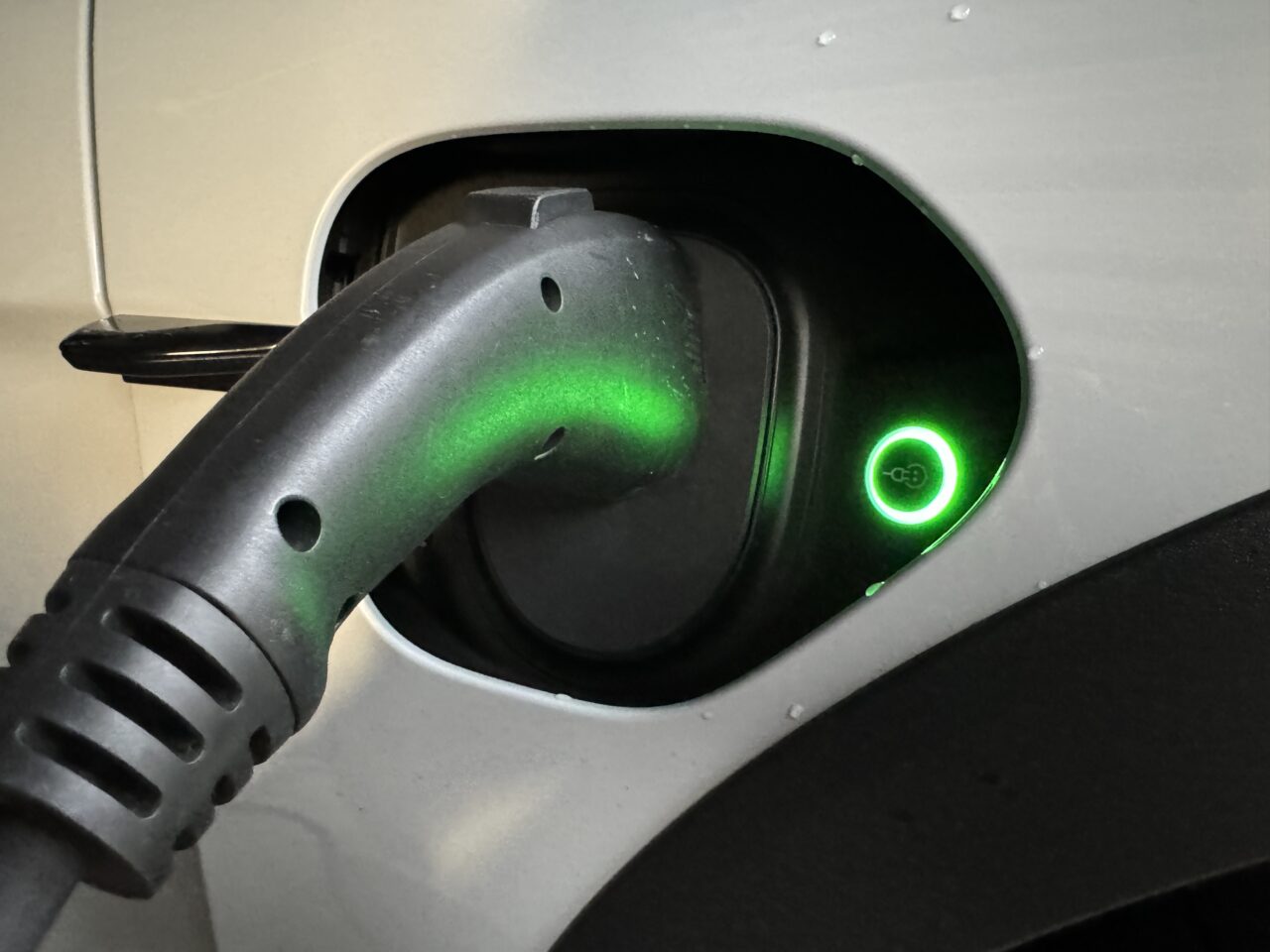
Why a 3kW Charger Is Enough and How to Calculate It
In reality, if you drive about 50 km per day, the Taycan’s battery consumption is roughly 10%, depending on the season, and even on cold days with spirited driving, about 15%. This means after a day’s drive from a full charge, 85% to 90% of the battery remains.
When you get home and plug in to charge, recovering that 10% to 15% battery with a 3kW charger takes, at most, about 5 hours.
Let’s calculate specifically. The Taycan’s battery capacity is about 100 kWh. Ten to fifteen percent of that is about 15 kWh. Dividing 15 kWh by 3 kW gives 5 hours.
5 hours = 15 kWh (electricity used in one day) ÷ 3 kW (home charger output)
Considering sleep, meals, and bath time, you’ll likely be home for at least 10 hours. Charging at 3kW for 10 hours means 30 kWh can be replenished. That’s about one-third of the Taycan’s battery. Do you really drive more than one-third of the battery capacity daily—roughly 120 km or more? Probably not. That’s why 3kW is sufficient.
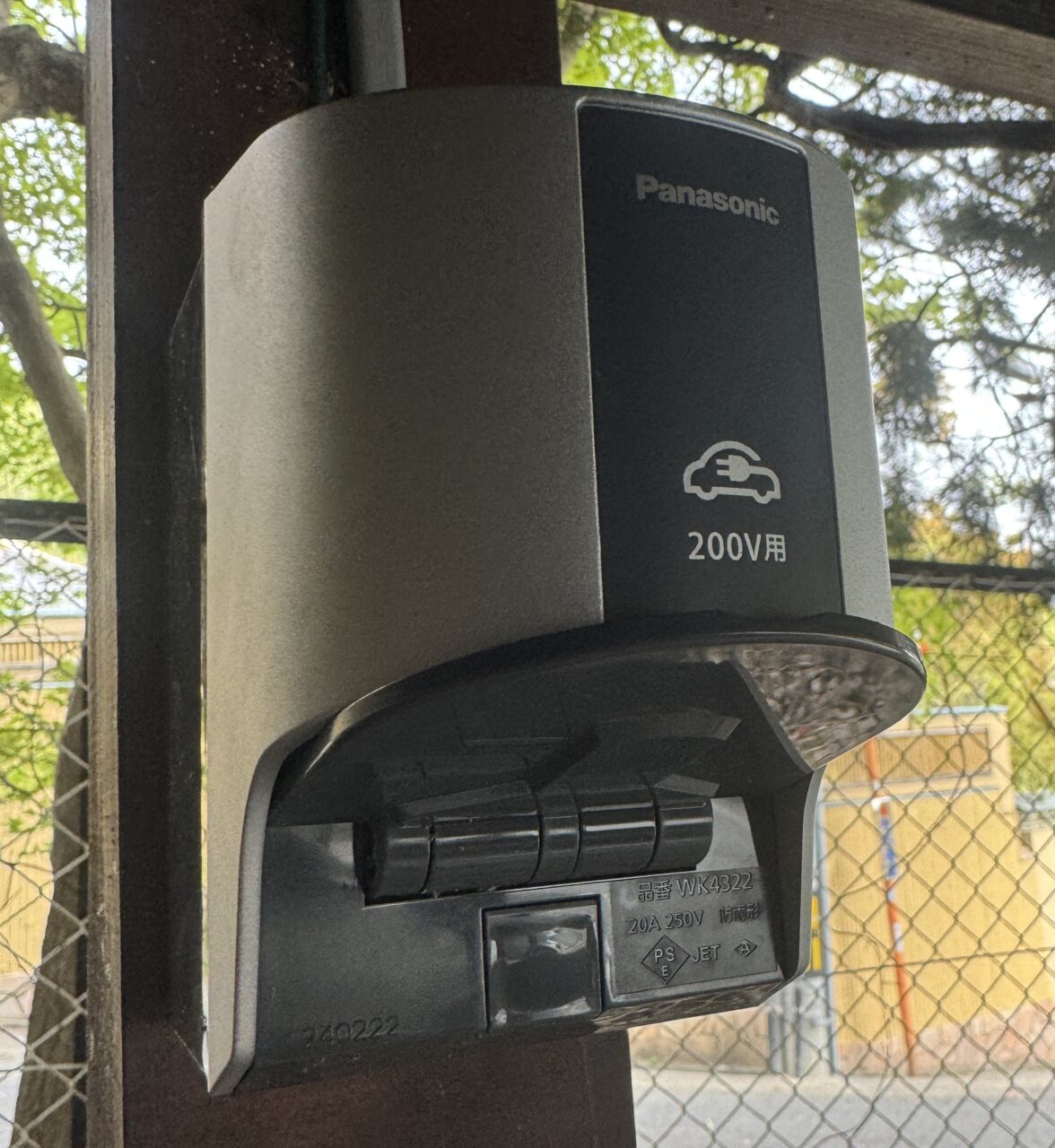
EV 200V (3kW) outlet – This itself costs about 5,000 yen retail
Pros, Cons, and Costs of High-Power Chargers
Of course, installing a 6kW or 8kW charger significantly speeds up charging. It can charge at twice or more the speed of a 3kW charger, which is attractive for those who want to finish charging quickly.
However, installing high-power chargers comes with considerable costs. Installation fees can range from 200,000 to 500,000 yen, and the chargers themselves are expensive—often costing over 100,000 yen for compatible models. Also, these high-power chargers must be hardwired into the distribution board, not just plugged into an outlet.
On the other hand, a 3kW charger installation is relatively inexpensive. Depending on your home environment, at my parents’ house, installing two 200V outlets in the garage cost only about 100,000 yen. At my current home, two outlets cost around 150,000 yen.
In other words, installing two 200V outlets usually costs from a few tens of thousands up to about 150,000 yen. Plus, with a 3kW charger, you don’t need to buy an expensive charger. Chinese or Taiwanese EV chargers sold on Amazon for 20,000 to 30,000 yen, or used genuine chargers found on online auctions, work perfectly fine. Our Taycan charges without any issues using these chargers.
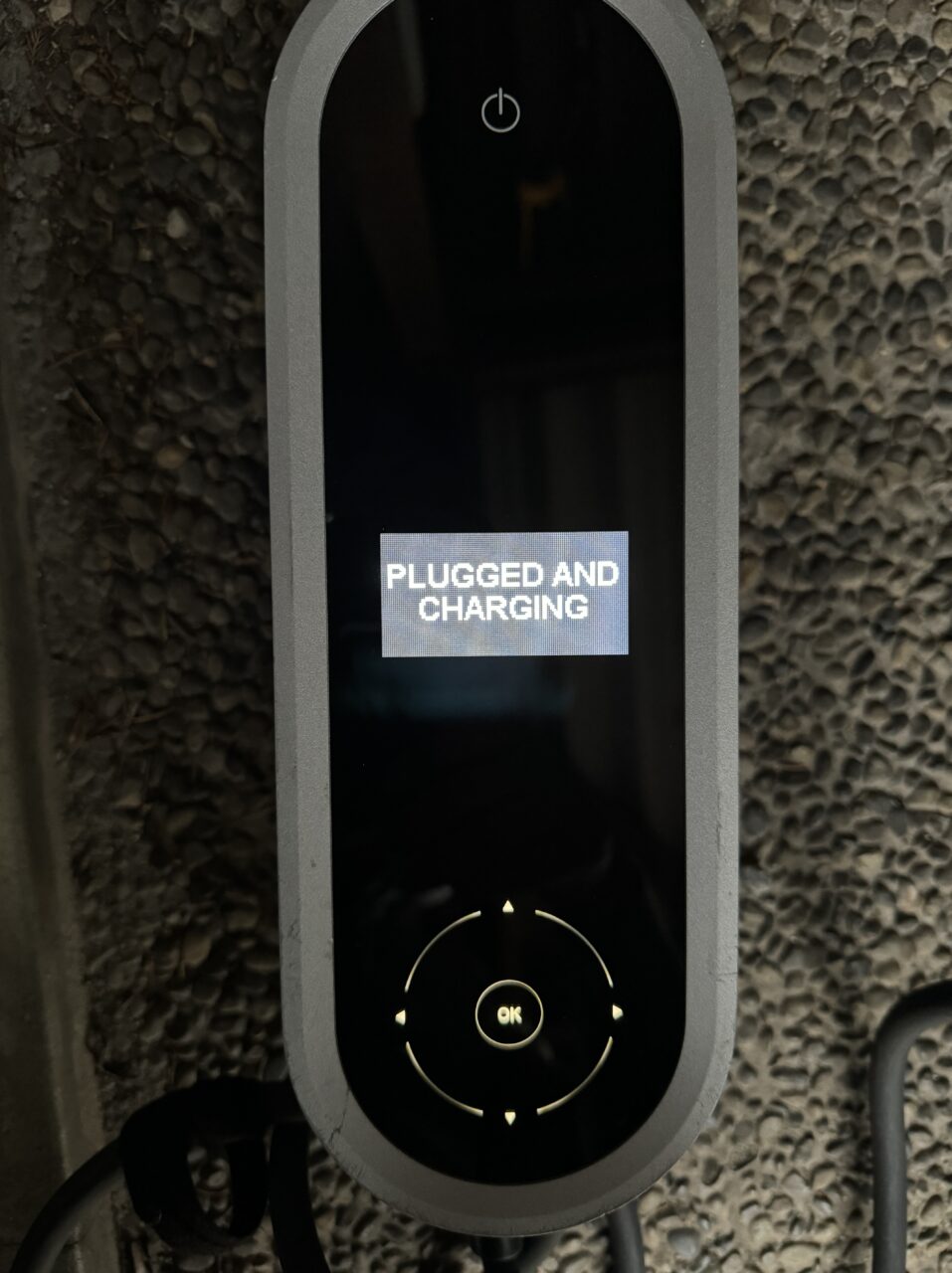
A bargain Porsche Panamera Hybrid charger (PORSCHE Universal Charger) bought on Mercari
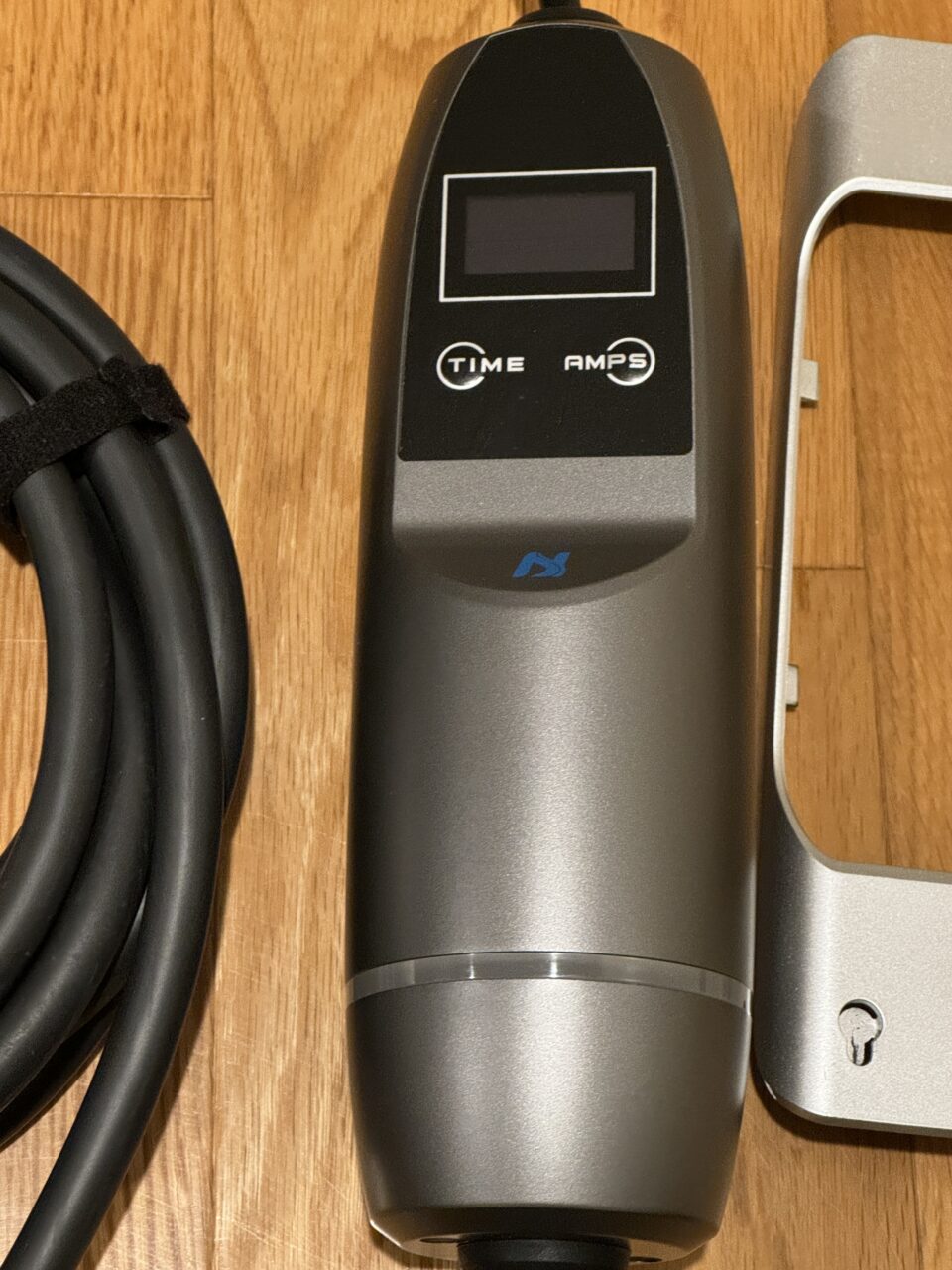
Another charger bought on Amazon for about 20,000 yen. This is more than enough, with no issues or troubles.
Conclusion Considering Future Developments: Is 3kW Enough?
Some might wonder, “If EVs evolve and battery capacities increase, won’t 3kW chargers become insufficient?” Actually, the opposite is true. As battery capacity grows, energy efficiency (distance per kWh) also improves. This means the daily electricity needed will decrease, making 3kW chargers even more adequate.
Of course, installing 6kW or 8kW chargers will complete charging very quickly. But there’s not much need to rush charging at home. Instead, consider the cost-effective option of a 3kW charger.
To summarize, for most people who don’t drive very long distances daily, a 3kW home charging setup is sufficient. It can be installed at a very reasonable cost, and chargers are affordable too. Don’t just take your dealer’s word for it—choose your charging equipment based on your own lifestyle.
このブログが気に入ったらフォローしてね!



Comment ( 0 )
Trackbacks are closed.
No comments yet.